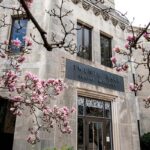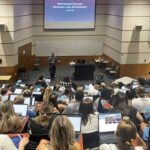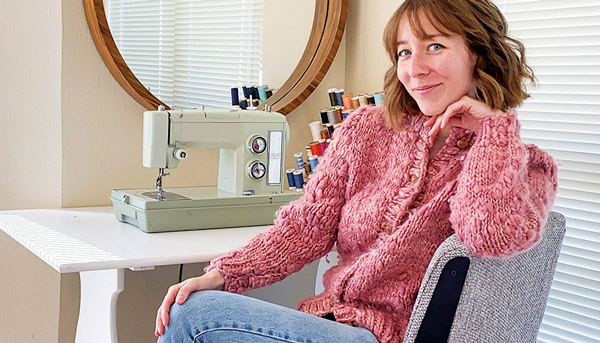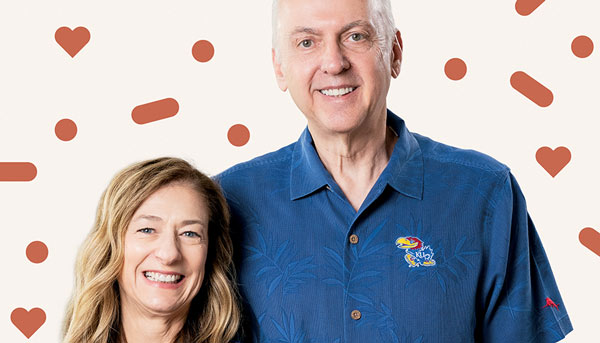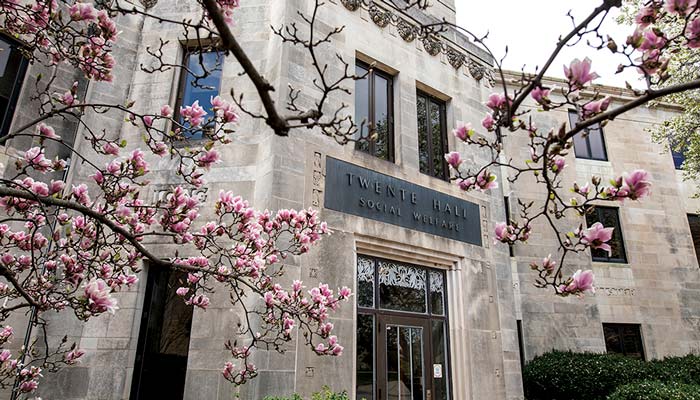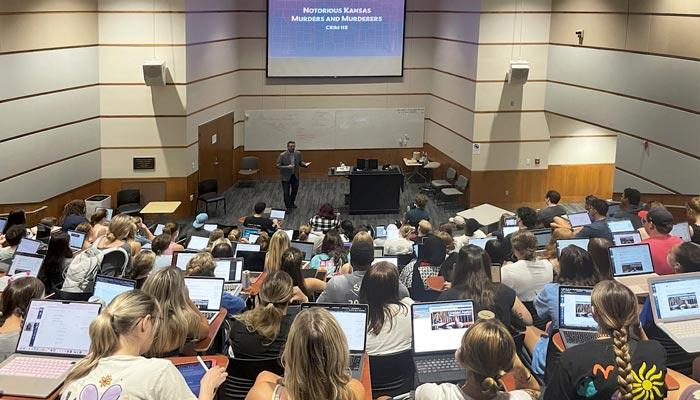Experimental video
Chemistry lab instruction in the age of COVID and beyond
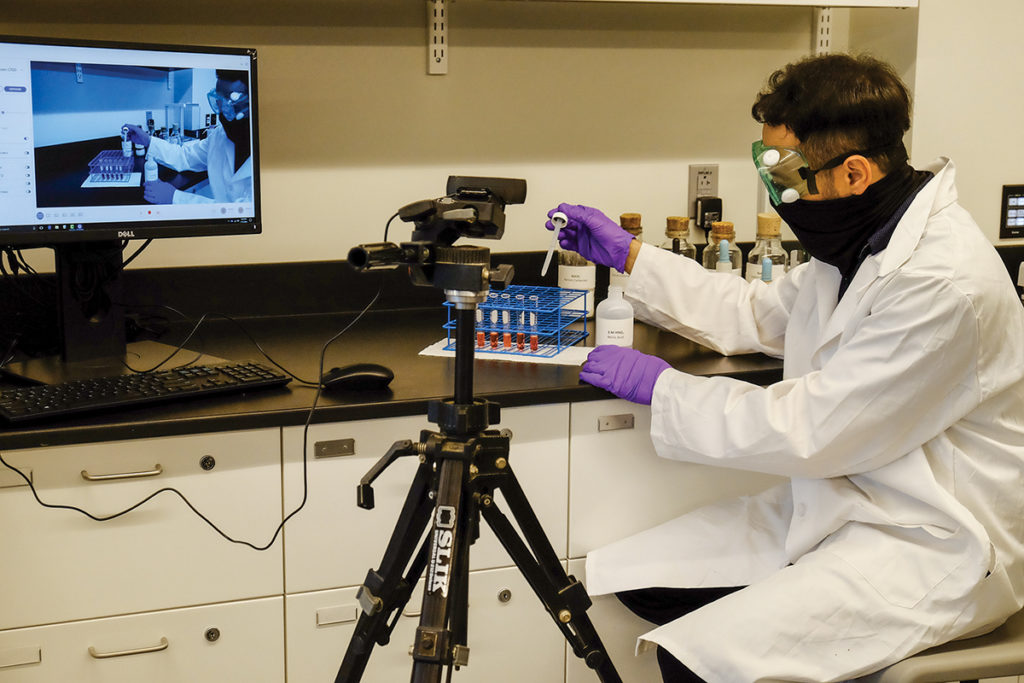
As chemistry department faculty, graduate teaching assistants and administrators prepared for an unpredictable fall semester, they knew that mere virtual lectures would not suffice for basic-sciences laboratory courses.
“Students need to learn how to manipulate objects, utilize scientific equipment. You can’t learn how to do that kind of thing online,” says David Benson, associate professor and chemistry’s associate chair for undergraduate affairs. “So we felt that laboratory experiences should be in person if at all possible, but we also knew from the get-go that there would be some students who would be unable to be in classes in the fall, if they were held in person, so there was always going to be an online contingent of students. And so we were asked by the College of Liberal Arts & Sciences to develop some online lab content for students who could not be on campus.”
Under the direction of Professor Robert Dunn, the department’s second-year chair, Benson and Roderick Black, director of laboratories for general chemistry, assisted by fellow faculty, graduate students and laboratory staff, this summer set about creating a series of in-house videos to introduce chemistry newcomers to the crucial basics of lab safety and techniques.
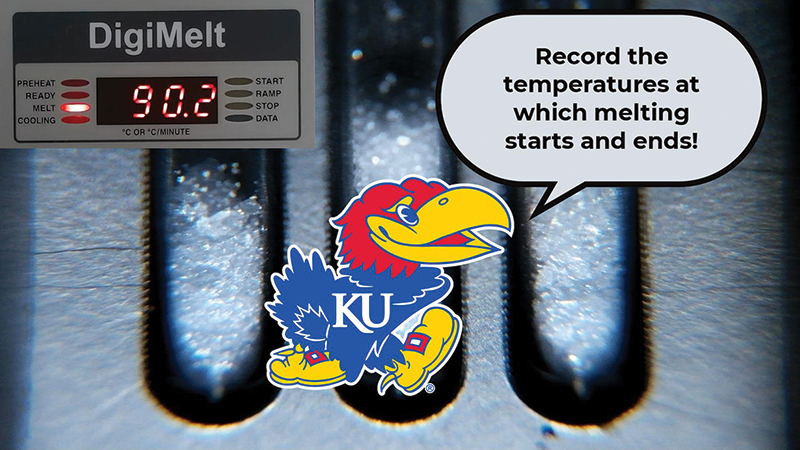
Stand here, not there. Touch this, not that. Watch how you turn. Take notice of who is working nearby. If you have to be clumsy, try your best to do that elsewhere.
“You’re speaking of the laboratory experience as far back as labs go, to right after the alchemists,” Black says. “That’s always been part of the training, whether we’ve got COVID or not.”
Although formally termed general chemistry, the two-semester course is known on campus as freshman chemistry because it is the mandatory first step for chemistry majors and others across the life sciences and engineering. Without it, students can’t progress to organic chemistry, which is required for chemistry majors, of course, but also pre-pharmacy and pre-med students and many biology majors.
Without access to general chemistry upon their arrival at KU, students in all of those tracks could be set back a full academic year, and without access to appropriate lab training, their academic and professional careers could suffer irreparable harm.
“The people who are actually doing the work know these experiments in nitty-gritty detail and are able to put something together that conveys that specialness to the students.”
–David Benson
Physical distancing mandates for the fall semester require laboratories, like classrooms, to operate with half their usual occupancy. General chemistry students are rotating laboratory access on alternate weekly schedules, with half learning the labs in person while the others study video tutorials.
“A clear advantage to our students is that during the weeks when they’re not in the lab—yeah, I would love it if they were—but during the weeks they’re not in the lab, they are going to hear these experiments and all the concepts that relate to them sort of unpacked by somebody different, somebody other than their teaching assistant,” Black says. “Somebody talking about it a little different way, or making up slides a little bit different way, or perhaps video from a teaching assistant that shows something that they wouldn’t otherwise be seeing. I think that there is something in there to be gained for the students.”
While lab-instruction videos are available commercially, Benson explains that it was important for KU to create its own—not only for overall quality of instruction but also for instruction in techniques and concepts unique to KU.
“A lot of the experiments that we do here aren’t done anywhere else or are done differently, like the experiment we’re working on right now, measuring density,” Benson says. “There’s a lot of ways to teach that concept to students, but KU experiments have largely been developed here or modified in a way that makes them really distinct from other places.
“The people who are actually doing the work know these experiments in nitty-gritty detail and are able to put something together that conveys that specialness to the students.”
Another benefit to the long, frantic work of video production: Even beyond the age of COVID, the digital instructional materials will maintain their value for years, perhaps even generations, to come.
“These videos are really helpful resources,” Benson says, “and there’s nothing we’re doing right now that could not continue to be utilized once classes are back in session, in person, full time. These are things that we could have started creating a long time ago, but COVID spurred us to do something that, in the end, is going to help students.”
